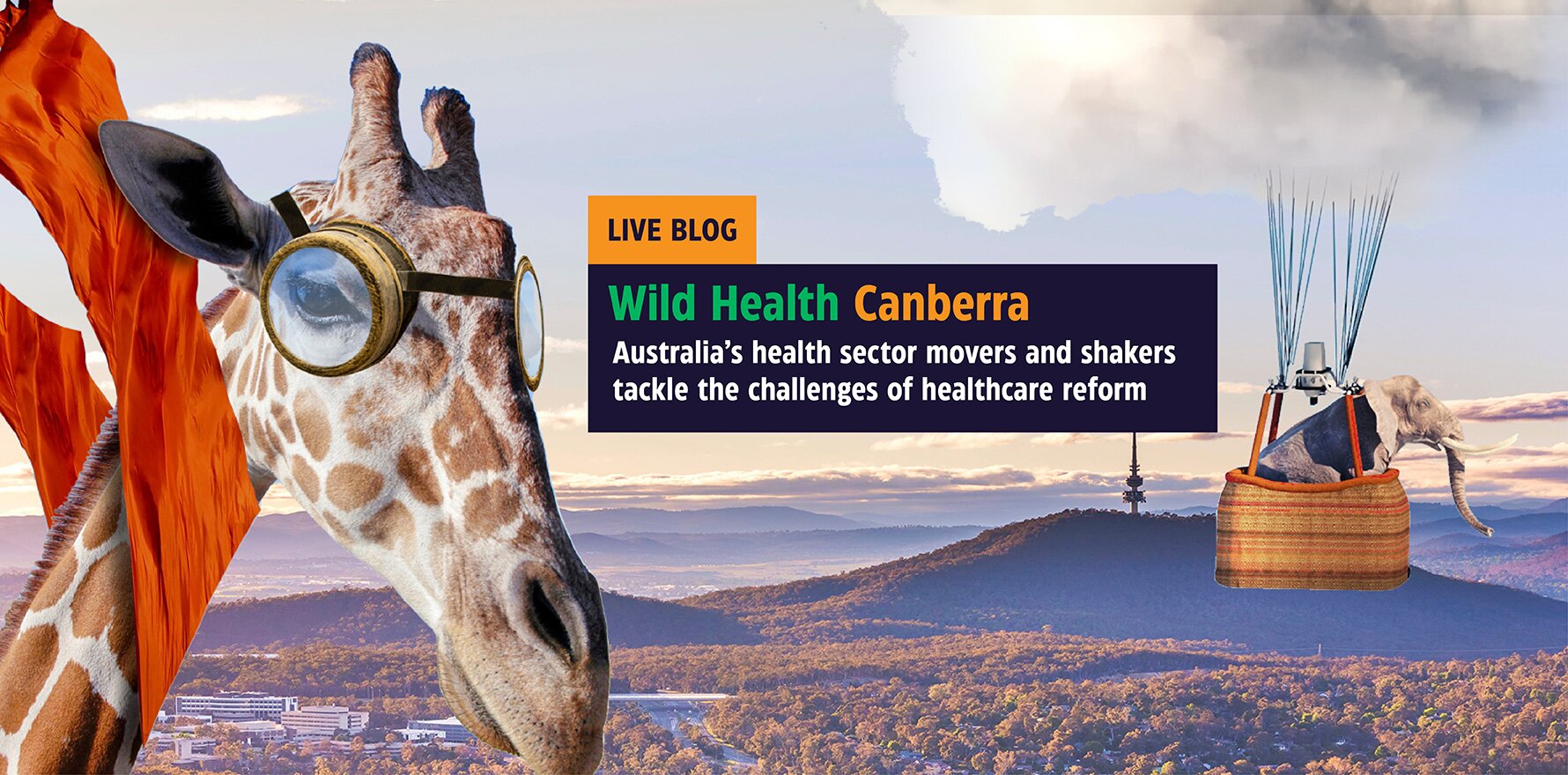
The Wild Health Canberra Australian Health Leaders Summit kicks off on Thursday and you can be part of it.
When federal Health Minister Mark Butler released the Australian Institute of Health and Welfare’s biennial report on the health of Aussies in July last year, the nation scrubbed up pretty well.
The report showed Australians were generally living longer – life expectancy at birth was 83 years in 2020, the sixth highest among the world’s 38 OECD (Organisation for Economic Co-operation and Development) countries.
Over the past century there has been a 98% decline in the age-standardised death rate from infectious diseases such as tuberculosis, polio and diphtheria, due to childhood immunisation and disease control measures.
But life expectancy is only a small chapter in the story of our nation’s health.
Aussies now have higher rates of chronic and age-related conditions. In 2020-21, almost half of all Australians were estimated to have one or more common chronic health conditions, including diabetes, cancer, mental and behavioural conditions, and chronic kidney disease.
Two in three Australian adults are now either overweight or obese, dementia is on the rise and coronary heart disease remains the leading single cause of death for males and the second for females. So we might be living longer, more of us are surviving heart attacks and cancer diagnoses and managing chronic diseases more effectively, but it is far from a level playing field.
Drill down a little further into the AIHW report and you will see that generally, the higher a person’s socioeconomic position, the better their health.
If all Australians had experienced the same disease burden as people living in the highest socioeconomic areas in 2018, the total burden could have been reduced by one-fifth, the report shows.
In 2019-20, $202.5 billion was spent on health in Australia – about $7900 per person – and about $3.9 billion a week.
Despite such a massive injection of cash, Australia’s health system is failing Aussies. The health workforce is buckling under the pressure. The argument for reform has never been stronger or louder.
Tomorrow, Wild Health is gathering more than 200 of Australia’s brightest and most influential healthcare minds in Canberra for a ground-breaking health summit.
Health reform strategist Michelle O’Brien has curated the line-up for the summit that she believes is an Australian first.
“I don’t believe Australia has ever had all sectors represented in a room for a conversation about health reform,” she said.
“We’re bringing together people who want to share their ideas about how we could improve the system. We’re providing them that forum to have the conversation.”
Delegates represent the nation’s entire health sector, including local health districts (LHDs), public and private hospitals, strategy and policy executives, peak bodies, consumer groups, service providers, doctors, digital health experts and technology providers.
“You’ve got all the ingredients in the room for a recipe to fix the health system,” she said.
Wild Health will be covering the summit here through its first ever live blog from 9am. Our team of journalists will be at the summit to provide live coverage of panel discussions and presentations – and the line-up of speakers promises plenty of opposing views about what’s working, what’s blocking change and what are the solutions to our health reform crisis.
Among the speakers are Dr Stephen Duckett, Honorary Enterprise Professor, University of Melbourne; Dr Nicole Higgins, president of the Royal Australian College of General Practitioners; Kylie Woolcock, CEO of the Australian Healthcare & Hospitals Association; Elizabeth Koff, managing director of Telstra Health; Karen Booth, president of the Australian Primary Health Care Nurses Association; Ben Chiarella, director of Clinical Innovation at Ramsay Connect. For the full list of speaker and their bios see here.

